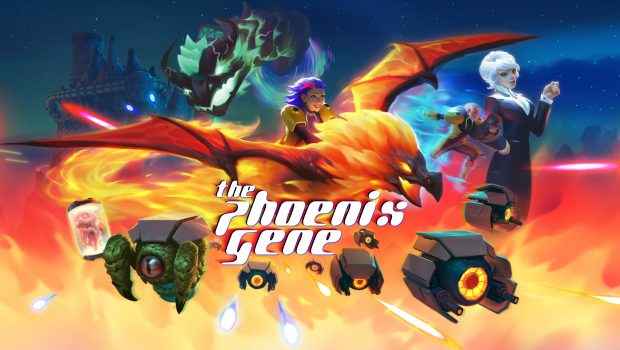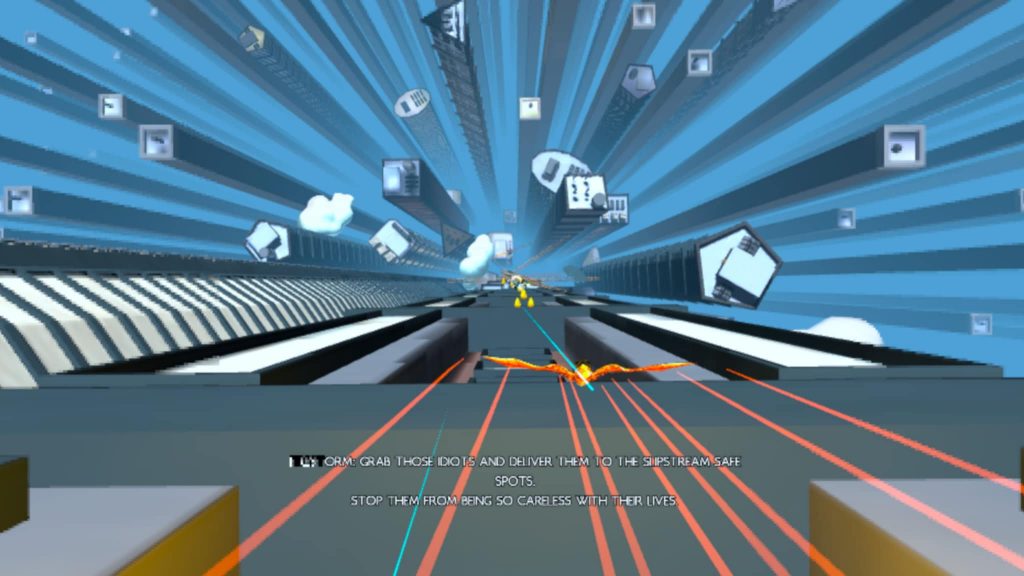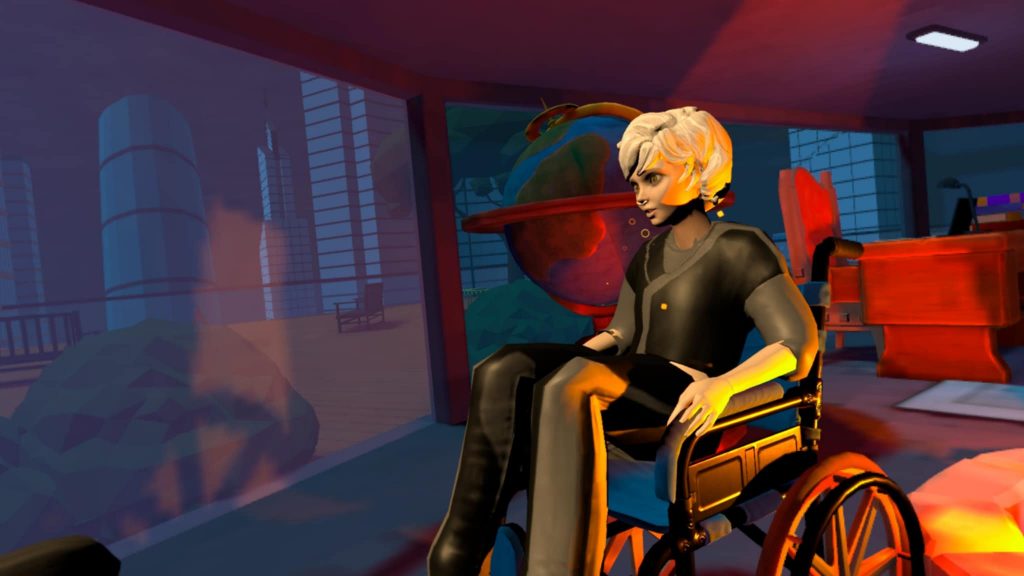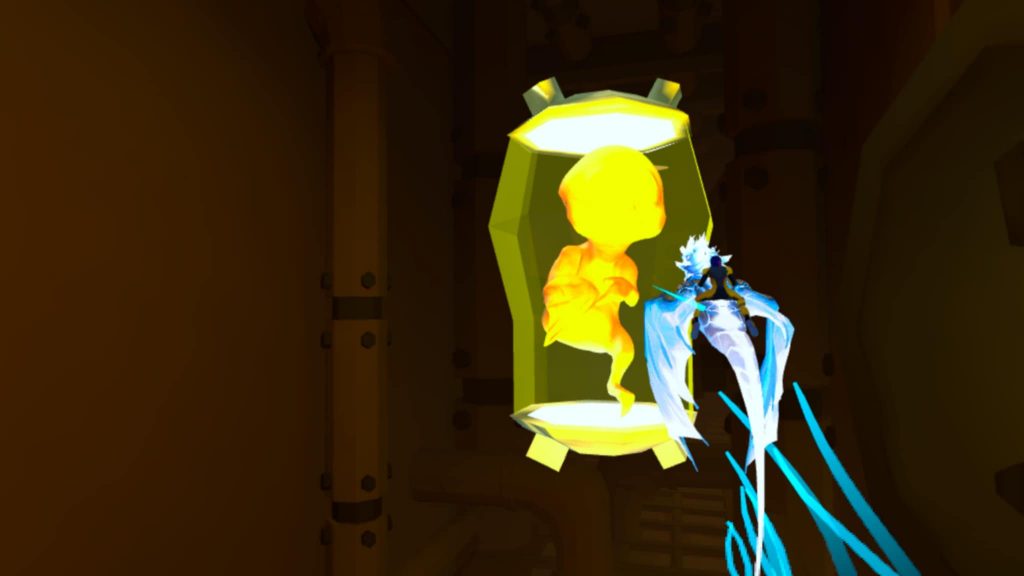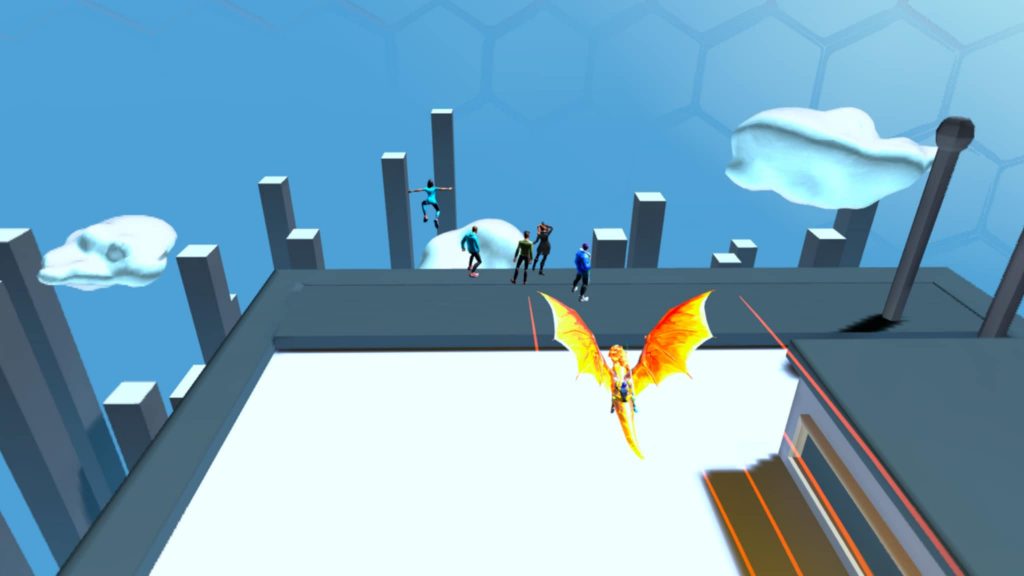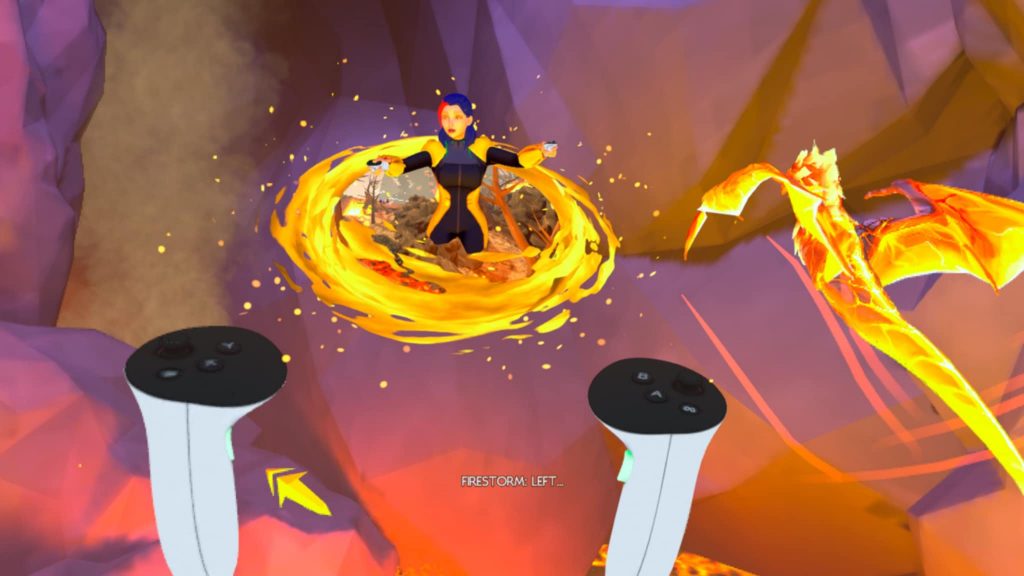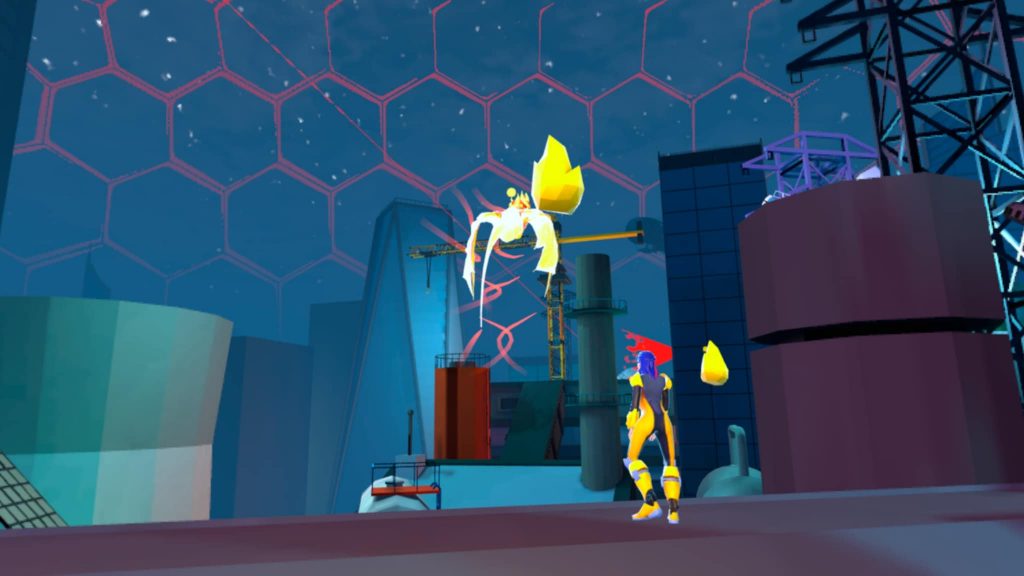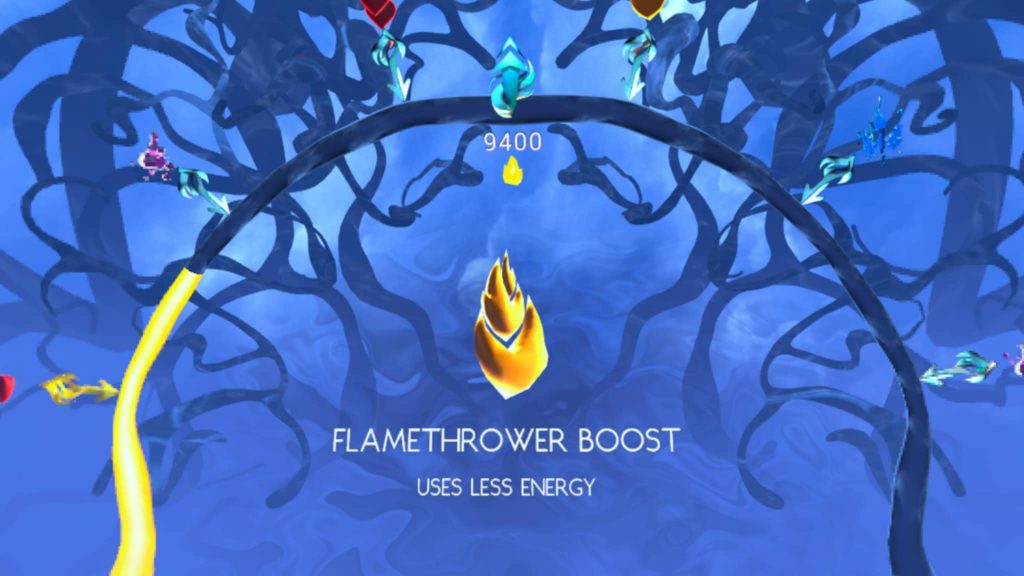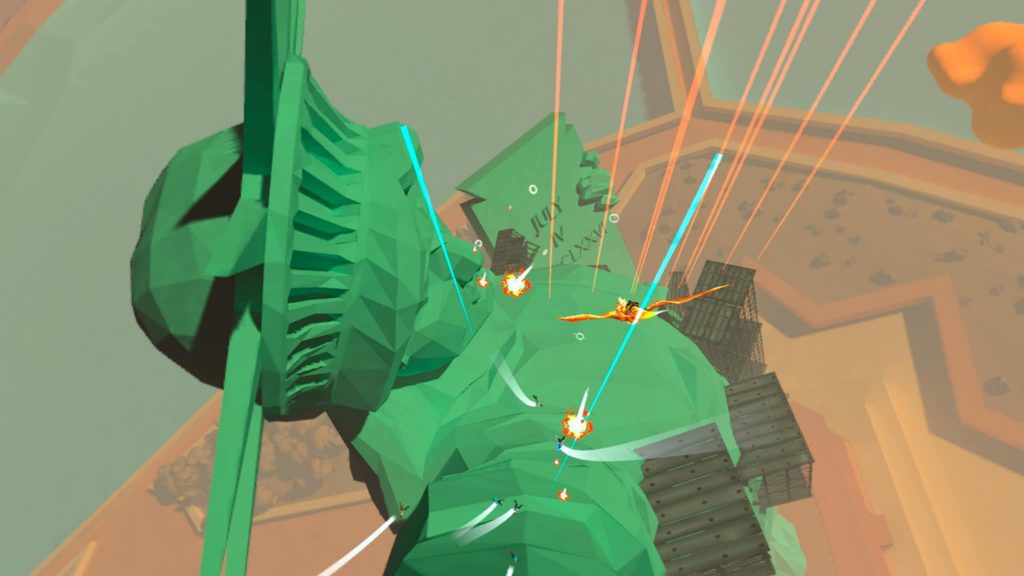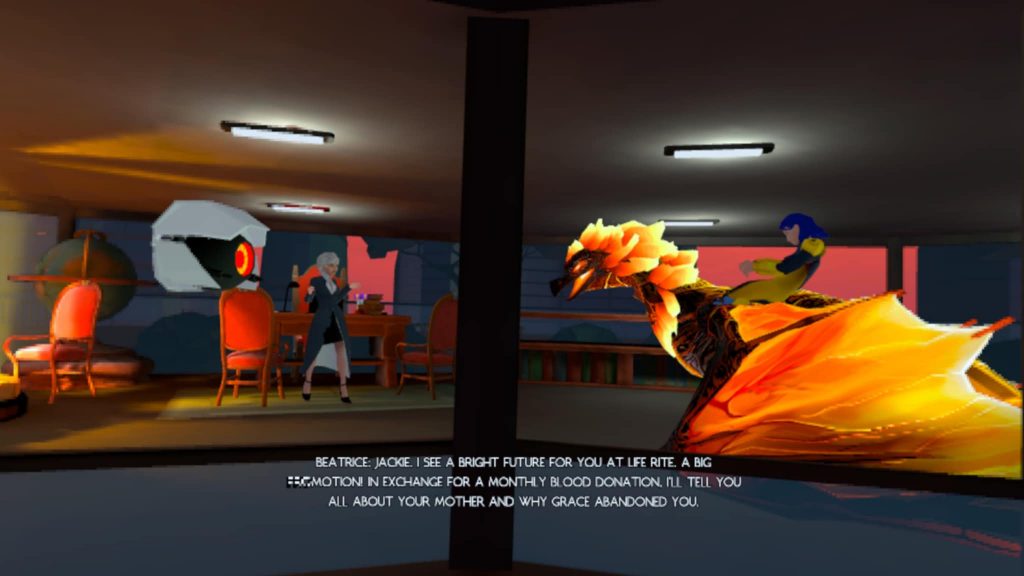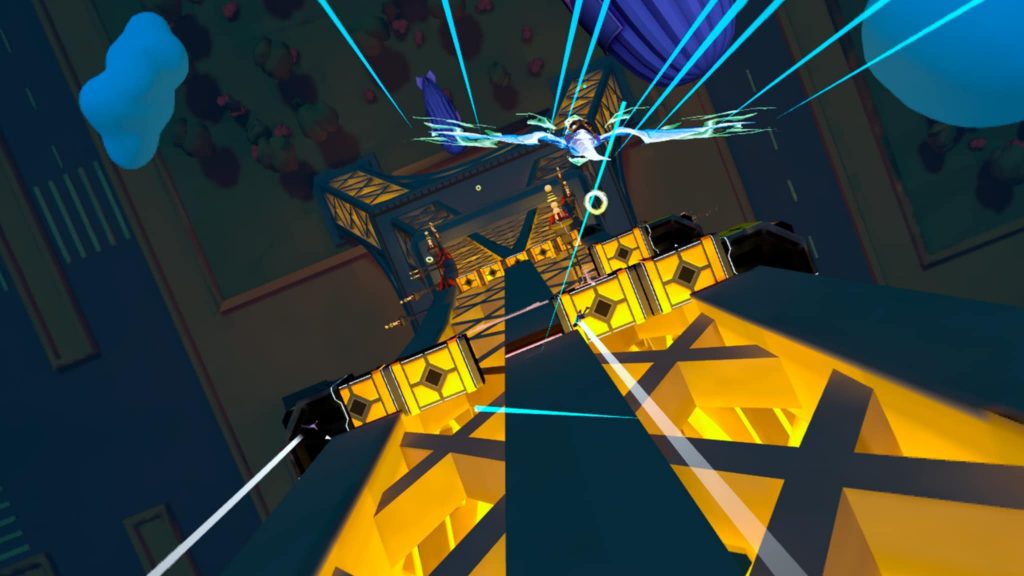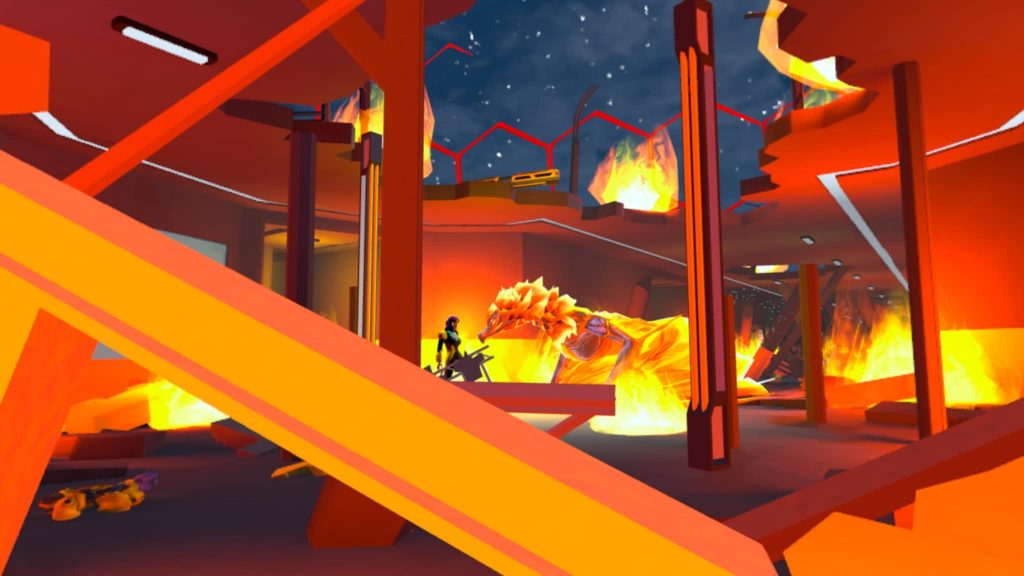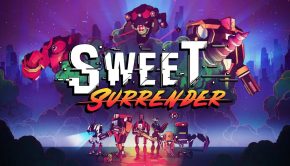The Phoenix Gene Review (Quest)
Summary: The Phoenix Gene is a bold and stylish VR rail shooter that blends fast-paced gameplay, multidimensional mechanics, and an ambitious sci-fi narrative. It’s an ambitious VR experiment full of potential, hampered by occasional design friction but buoyed by rich ideas and immersive storytelling. While its execution can feel a bit uneven, the game's creativity, replayability, and visual flair make it a compelling experience for fans of action-heavy VR titles.
3.8
Burned Lineage
The Phoenix Gene is an action-packed on-rails VR shooter developed and published by HEROmation, released on June 5th, 2025 for Meta Quest 3S, Meta Quest 3, Meta Quest Pro, and Meta Quest 2. Built from the ground up as a fast-paced, narrative-driven experience, it combines physical interactivity with sci-fi spectacle, casting players as Jackie, a teen with the rare “Phoenix Gene” who can traverse time and alternate realities. Drawing inspiration from games like Pistol Whip, Starfox, and Ikaruga, The Phoenix Gene blends high-energy shooting, color-based mechanics, and multiverse storytelling into one ambitious VR package. While not without its quirks, the game offers a unique take on the VR shooter genre, aiming high with a sprawling, cross-media world and dynamic gameplay systems.
At the heart of The Phoenix Gene is a surprisingly layered narrative. On the surface, you’re fighting to stop Life Rite, a corporate entity attempting to monopolize immortality and wipe out the vulnerable through unethical genetic experimentation. But there are deeper, more intimate threads as well: Jackie’s fractured relationship with her family, the cost of sacrifice, and questions of identity and destiny. The game isn’t afraid to explore emotional moments between the action, and these narrative detours help ground the otherwise massive scale of its multiversal conflict.
The setting is an imaginative blend of dystopian futurism and YA rebellion. Visuals shift from chrome-tinted cities to flickering alternate timelines, while test tube babies, viral anomalies, and fire-breathing dragons float through the slipstream of time. The idea of kids sacrificing themselves to be reborn into a better life is dark but deeply thematic, and it complements the larger story about rewriting the past to save the future. Firestorm, the loyal dragon companion, adds a mythical flair to the otherwise tech-heavy worldbuilding, and when he’s visible and working correctly, he’s a joy to ride alongside.
Moment-to-moment gameplay is fast, physical, and layered. As Jackie and Firestorm, players dodge obstacles, reach for powerups, and shoot down enemies in their VR space while constantly switching between hands, colors, and tactical decisions. You’ll use the analog sticks to extend your reach, breathe fire, and manipulate reality around you by toggling red and blue filters, bringing certain enemies, tokens, or platforms into existence while phasing others out. It’s a lot to juggle, but once you get the hang of it, there’s a gratifying rhythm to the chaos.
The Ikaruga-inspired color system defines how you survive. Red enemies shoot red bullets, and blue enemies shoot blue; matching your color allows you to absorb damage instead of taking it. However, switching also alters the reality around you, revealing hidden fire tokens, platforms, or even enemies. This mechanic adds real depth and encourages you to think a few steps ahead, especially in higher-stakes missions.
Fire tokens are your main upgrade currency, allowing you to enhance Jackie’s abilities, such as health regeneration or resistance to damage. These upgrades encourage replayability, letting you revisit levels with new tools and powers to uncover secrets or 100% your completion. Some missions have different focuses like rescuing genetically engineered children or vaporizing rogue viruses, so there’s enough mission variety to support multiple playthroughs. Unlike some VR titles that keep you at arm’s length, this game encourages physical movement: grabbing, dodging, reaching, and swinging your arms to move through shifting environments. Being able to push the sticks to extend reach or switch hands mid-fight adds a layer of immersion rarely seen in similar titles.
Graphically, The Phoenix Gene delivers a vibrant, stylized presentation that complements its high-energy, multidimensional concept. There’s a noticeable cartoony flair to everything, with a polish reminiscent of a DreamWorks animated film by having smooth character models, expressive designs, and vivid environments. Something that surprised me is how the game maintains a stable framerate despite the sheer amount of visual chaos happening at any given moment. With slipstream portals, shifting timelines, and pulsating enemies filling the screen, it could have easily become disorienting or sluggish. Instead, it remains crisp and readable, enhancing the thrill of high-speed traversal and color-based combat. In a game about reality bending and time distortion, the whirling hues and layered environments don’t just look good, they’re a visual treat that supports the core mechanics.
Audio wise, The Phoenix Gene is something of a mixed bag. The soundtrack leans into a futuristic, heroic tone that matches the game’s larger-than-life themes, but it rarely stands out beyond simply supporting the action. It’s functional but not particularly memorable. Dialogue fares similarly, there’s a lot of it, and while the performances are generally passable, the sheer volume of exposition means the tone can shift unexpectedly. The game often swings from heavy thematic material, like exploitation and death, into quirky one-liners from Jackie that land with mixed results. It’s tonally uneven at times, but the YA-style dialogue still carries charm and personality, especially if you’re on board for its comic-book-like storytelling sensibility.
As innovative as it is, The Phoenix Gene isn’t without issues. The control scheme, while ambitious, often feels messy in practice. Navigating in VR can feel cluttered, with the camera sometimes shifting awkwardly or the dragon companion glitching out of sight. Even after mastering the mechanics, there’s a finicky feeling to how everything fits together. It’s as if the pieces are all fascinating, but don’t always click into a harmonious whole. These quirks aren’t game-breaking, but they do dampen the fluidity of gameplay.
The game isn’t just a one-off, The Phoenix Gene is designed as the cornerstone of a multimedia universe. From the main menu, players can access a VR-exclusive eBook titled The Phoenix Gene: Origins of Darkness, offering early access to the franchise’s first novel that you can listen to and read in-game. It’s a cool feature that shows how seriously the creators are taking the world they’ve built, and it’s a meaningful bonus for fans of immersive storytelling.
Final Thoughts?
The Phoenix Gene is a wildly ambitious VR title that aims high, and while it doesn’t always execute smoothly, it’s packed with heart, innovation, and style. Its narrative offers both large-scale sci-fi stakes and intimate emotional beats, and its gameplay, when working well, is a thrilling exercise in multitasking and reflex. For fans of narrative shooters, dystopian teen fiction, or experimental VR design, The Phoenix Gene is worth stepping into, just be ready for a bit of turbulence on your way through the multiverse.


